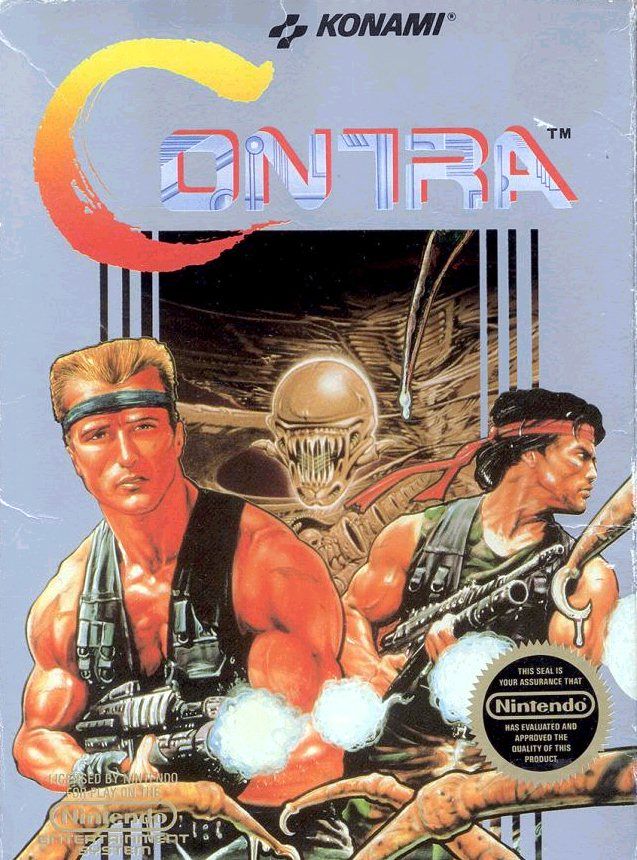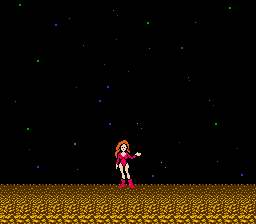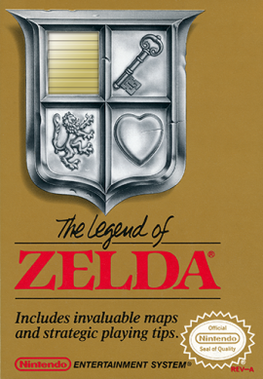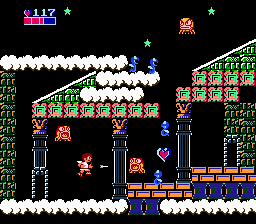 |
| Collecting for the NES can get pricey, but so many cornerstone game franchises are represented! |
I never had an NES as a child, my first console was the SNES (well actually it was an Atari 2600, but that was my dads he would bring down from the attic every once in a while) and later the PS1. However my neighbor and another friend of my sisters' both had Original Nintendos and there was one at a daycare I went to as a youngin. I loved playing Super Mario Bros 3, Paperboy and Zelda the most and those passions only grew with their sequels on the SNES I had at home.
Recently I have looked into expanding my retro game collection by establishing an NES collection. Unfortunately for me, NES collecting can get a little pricey (not quite as much as SNES collecting but almost). I wanted to get the Top-Loading NES (the late model they made after the SNES was out) but that is still about $100 to pick up a nice one (and that's loose without any games or the box!). So I got one of the original 'Toaster' models and have since picked up a few games.
 |
| My Current NES Collection |
Currently I have the following games:
Duck Hunt
Super Mario Bros./Duck Hunt
Super Mario Bros.
Super Mario Bros. 2
Super Mario Bros. 3
Dragon Warrior
Mega Man 2
Kirby's Adventure
Romance of the Three Kingdoms
Star Wars
Star Soldier
Commando
I have been modding some Universal Game Cases to fit the NES games and printing covers from thecoverproject.net and I think I have the beginnings of a nice collection. I would love to get the Zelda games, the other Dragon Warriors, Final Fantasy, the other Mega Man games, the Castlevania and Ninja Gaiden games and so many others - but they are quite expensive so I will just slowly pick them up and trade for them and eventually I'll have the collection I'm dreaming of.
If you are looking to establish an NES collection there are a few things to note:
You will want to get an NES that has been cleaned and the 72 pin connector replaced (or you can do this yourself, not too difficult).
You will want to clean the corrosion from the cart's connectors before plugging them into your NES - they are less likely to work before cleaning and some of the corrosion will be transferred to the console. Unfortunately it was quite common for people to blow into the cartridges when they were spotty and this invariably caused corrosion (no matter how 'dry' you blow into the cart you are basically spitting into it and that causes major corrosion).
Keep track of NES game prices at VGPC.com and pick up games when you see them any lower than shown there - NES games are only getting more pricey as they get older.
Links:
Universal Game Cases
Updates:
Recently picked up the Original Legend of Zelda and Zelda II: The Adventure of Link in a game trade (shout out to
GameTZ.com). The label on Zelda II is a little damaged, but both games are in great condition otherwise (minimal gold worn off, play and save).
 |
| I haven't decided if I am going to use game cases based on the original artwork or more in line with the rest of the NES library, the Originals will stick out on the shelf, but that may be a good thing! I'll made up both types, and will try them out on my shelf and decide which I like better. |























